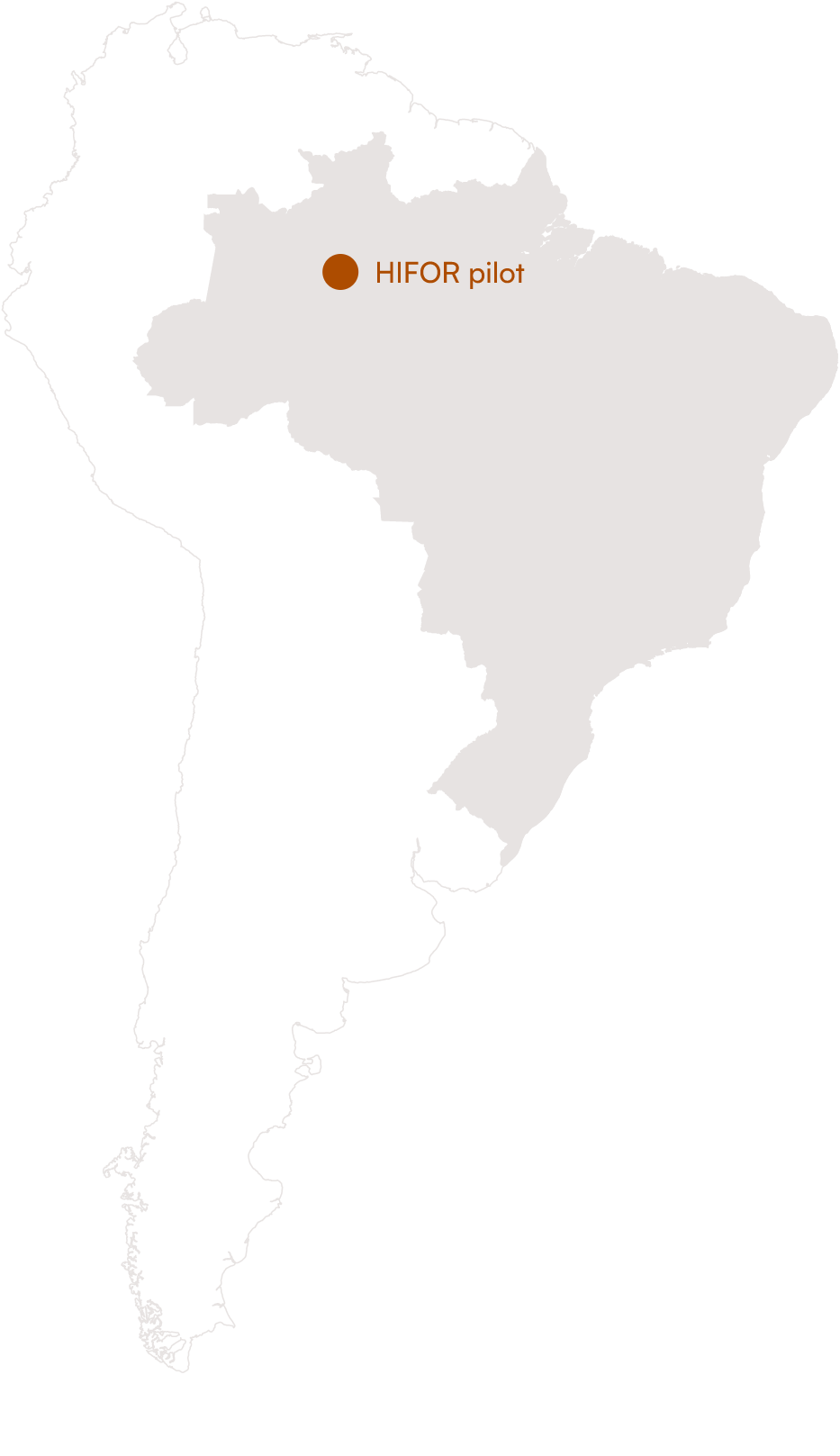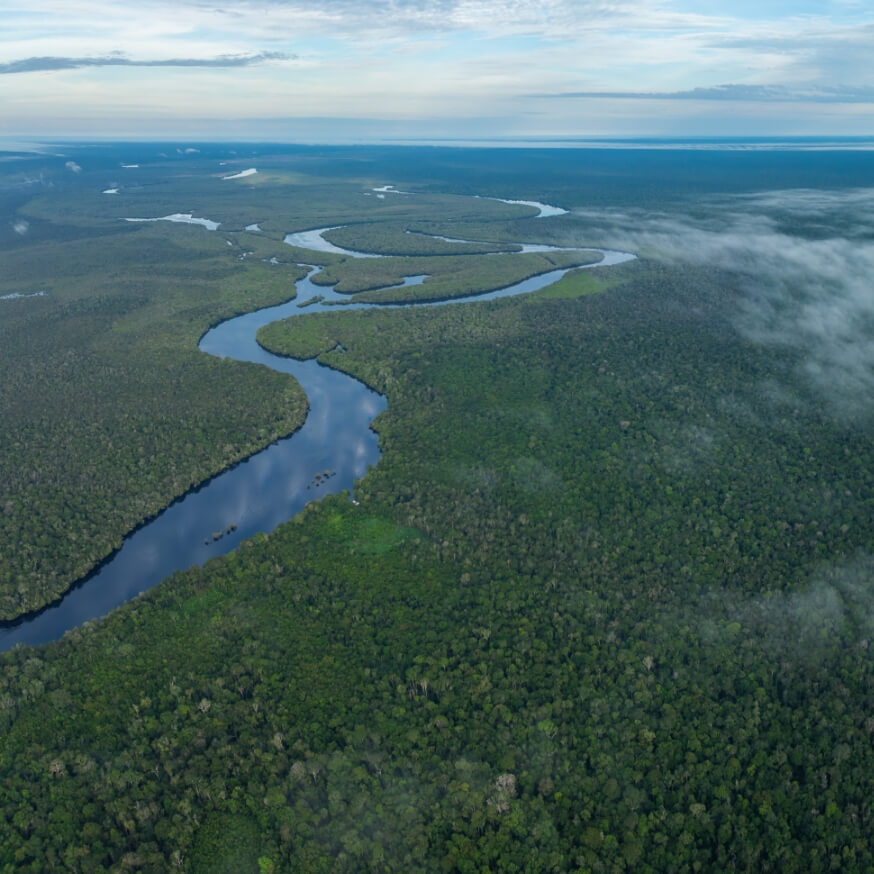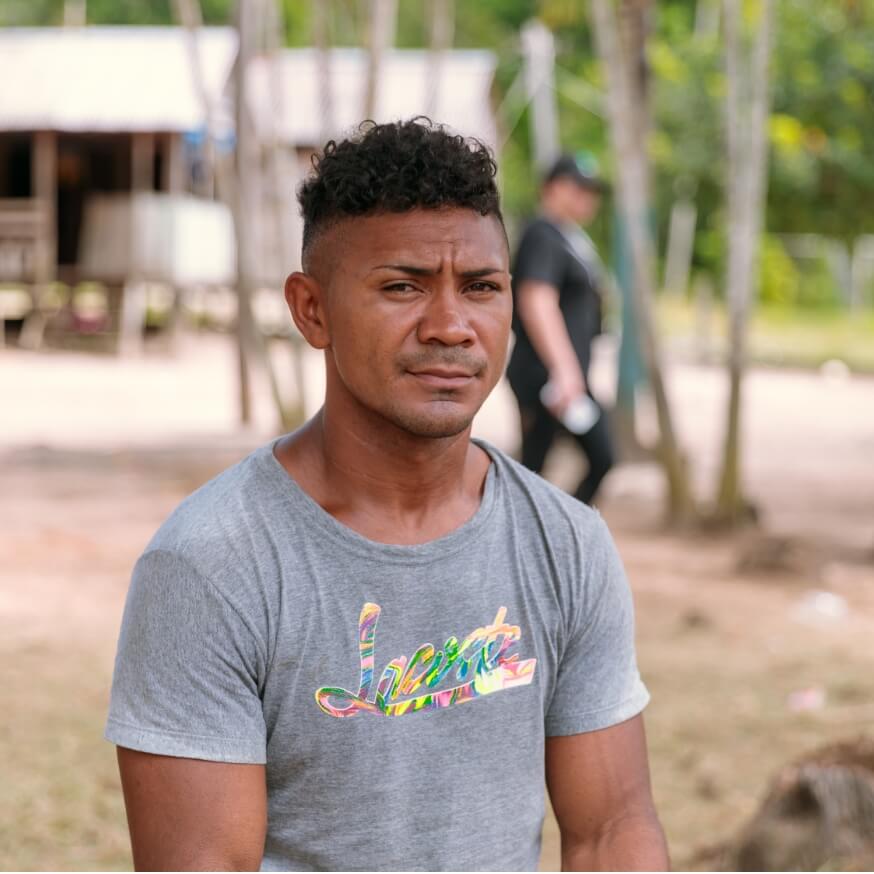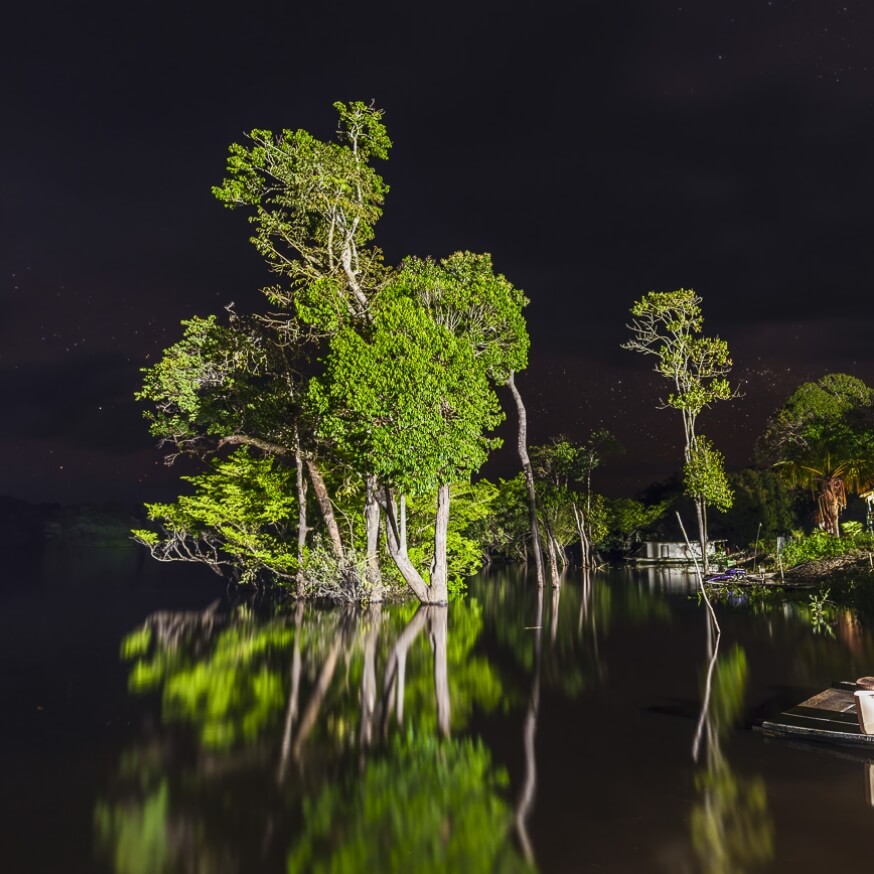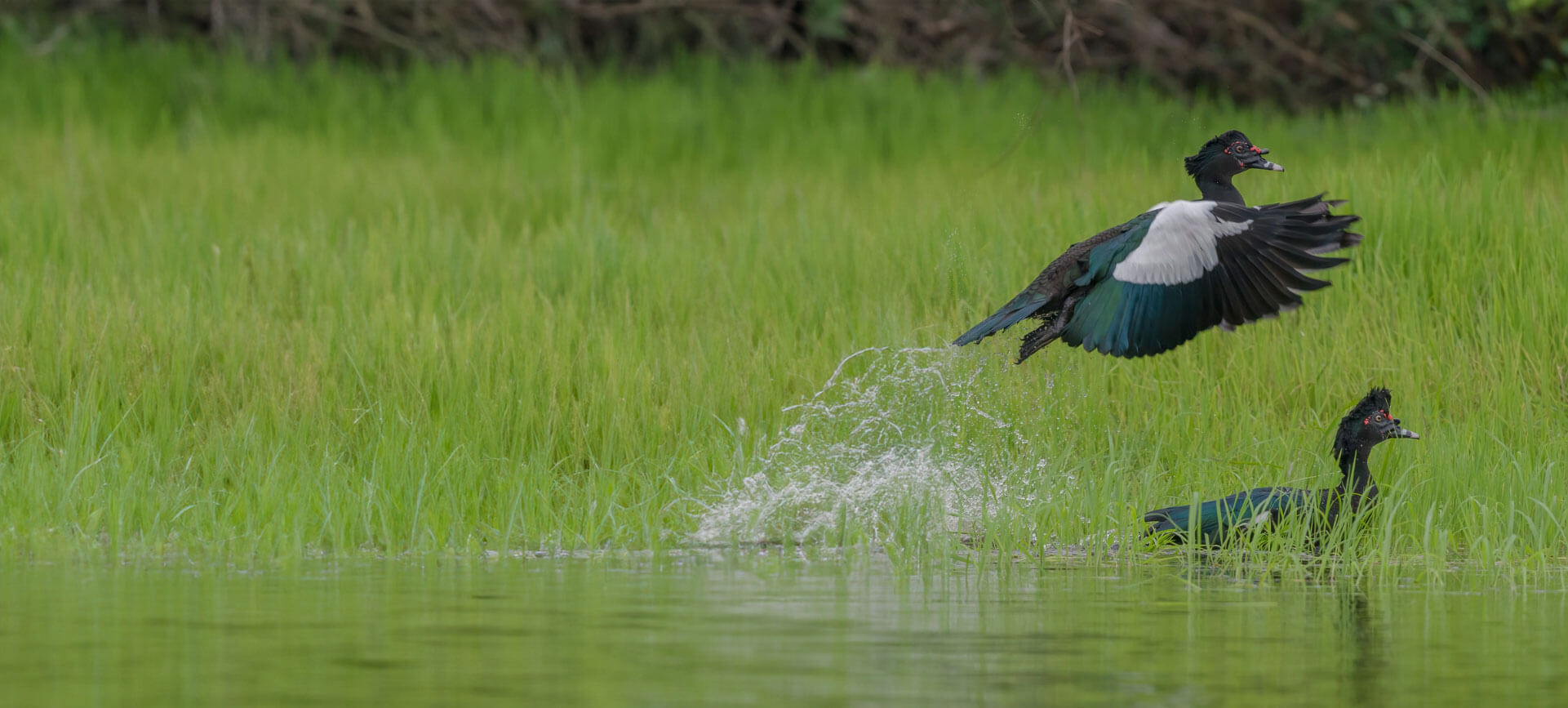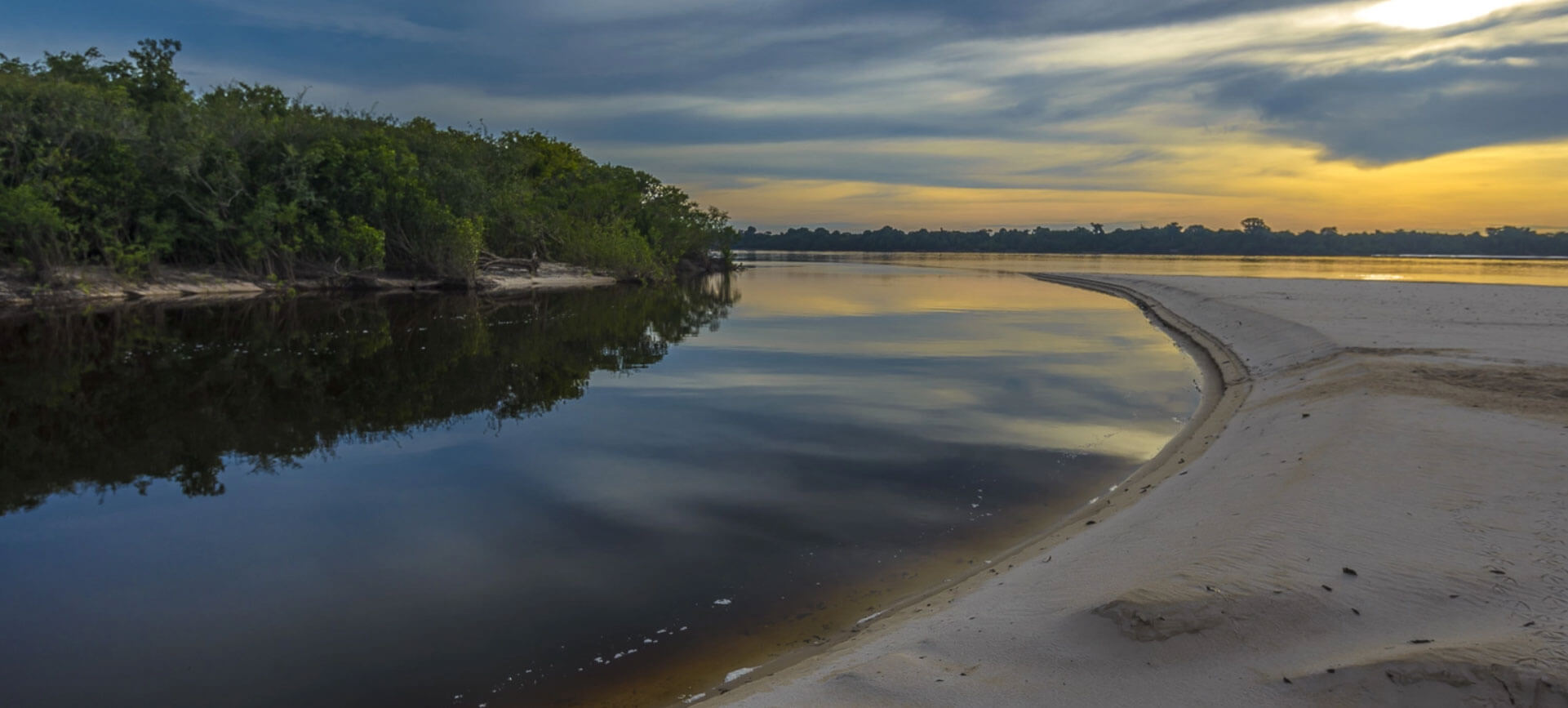The Jaú National Park (JNP) is the largest National Park in the Amazon Basin in the state of Amazonas, Brazil. The park was created in 1980 and named a UNESCO World Heritage Site in 2000.
JNP is part of the blackwater drainage system. Its dark color results from organic acids liberated into the water through the decomposition of organic matter and the lack of terrestrial sediments. The rivers of JNP provide a landscape of white sand beaches during the dry season and flooded forest during the wet season.
The forest cover of JNP is linked to the extensive and continuous tropical rainforests of the Amazon Central Plain.
